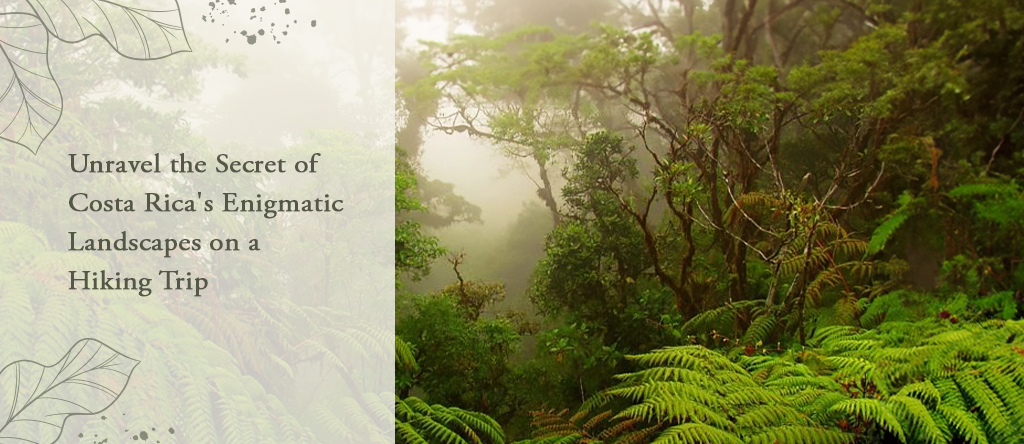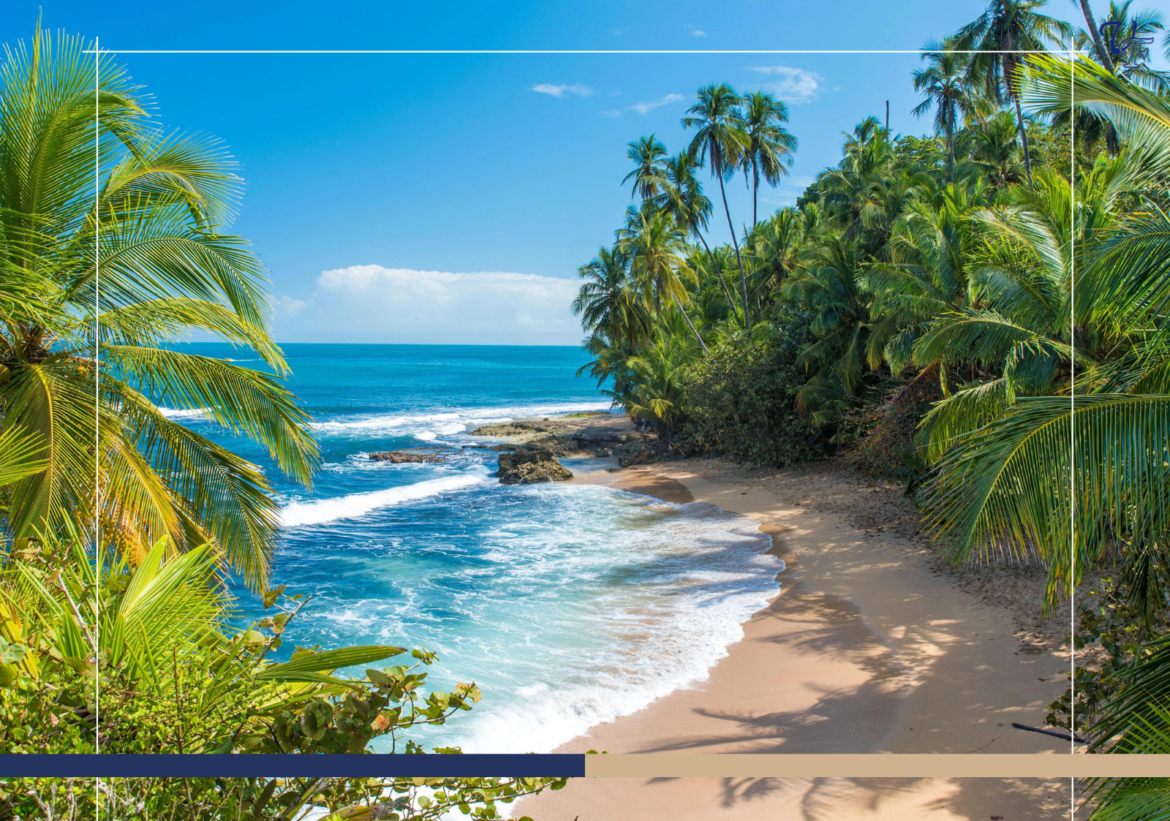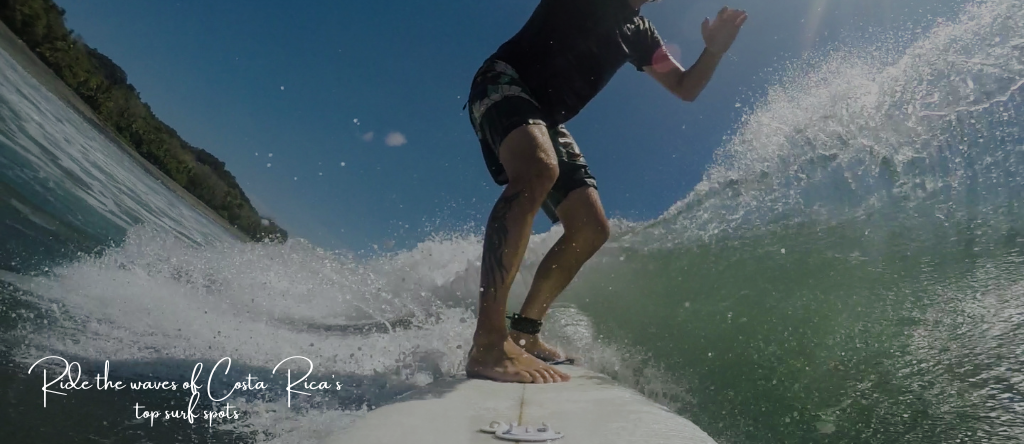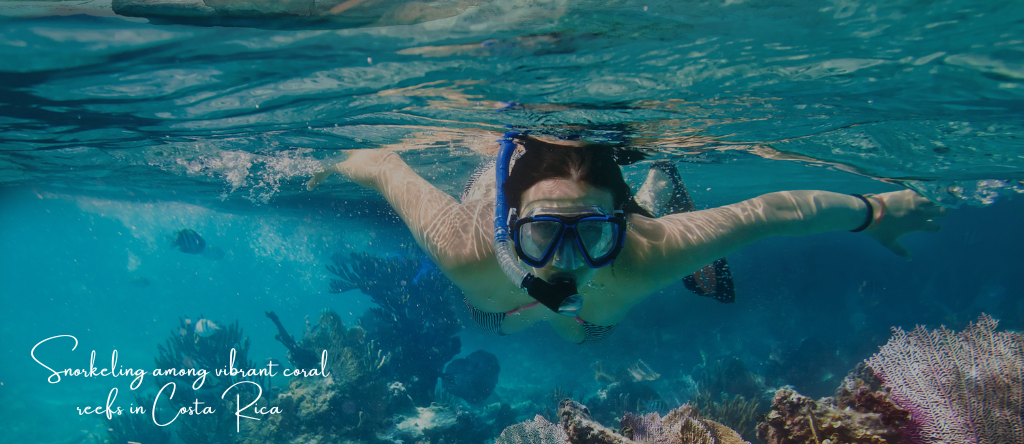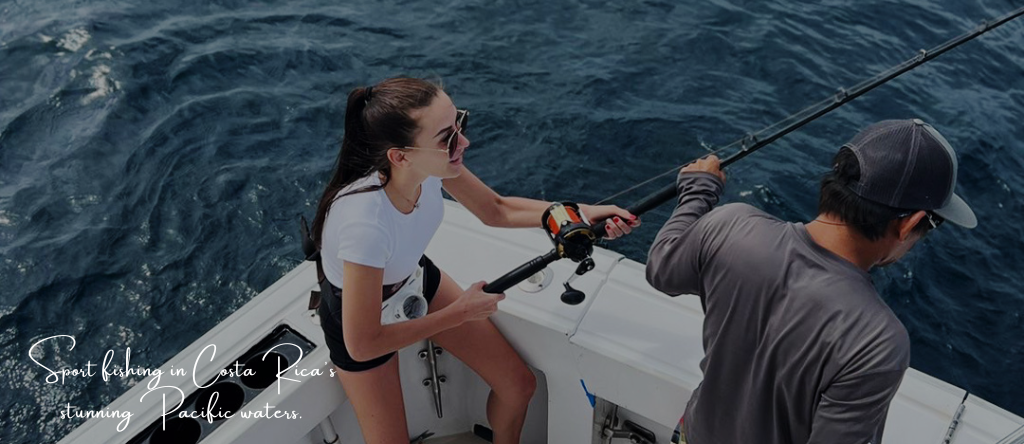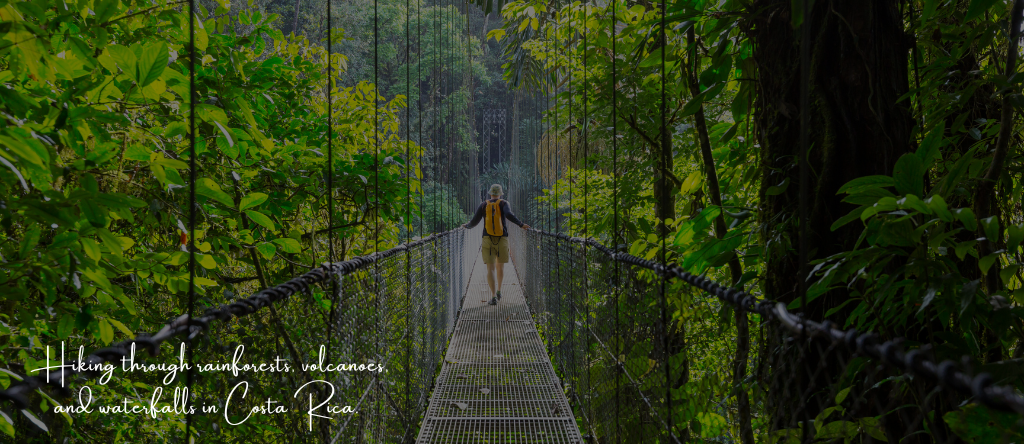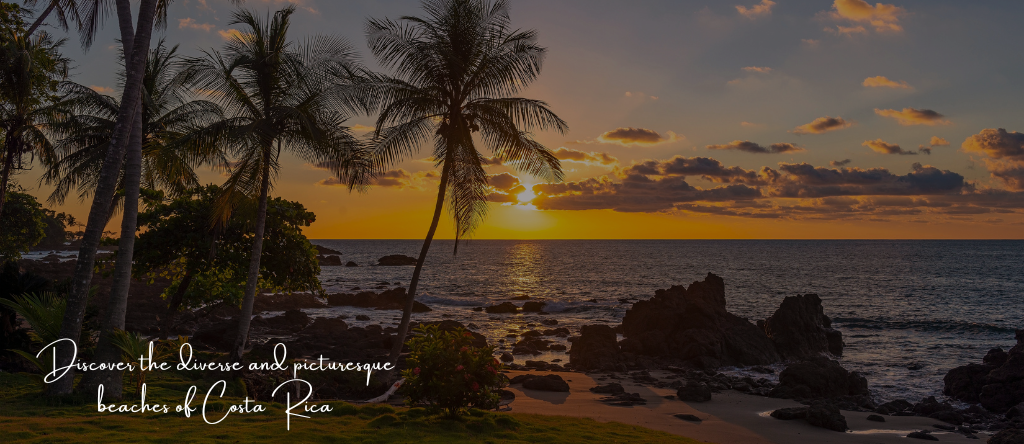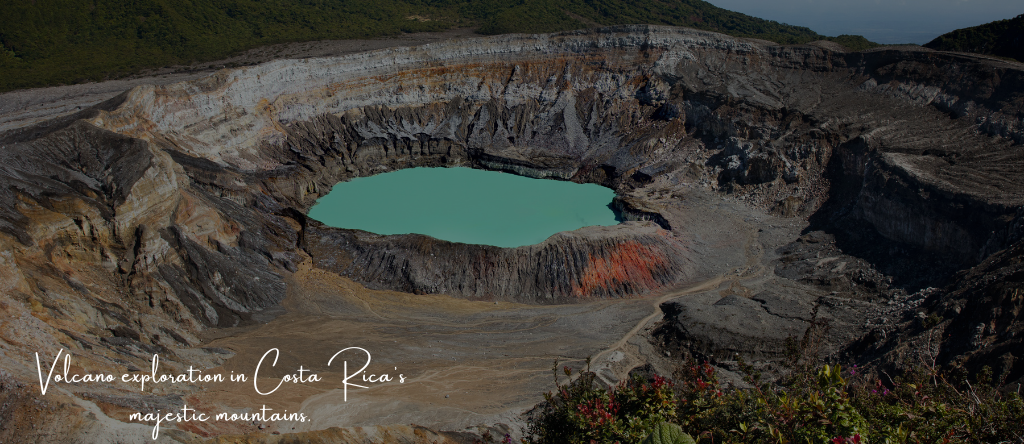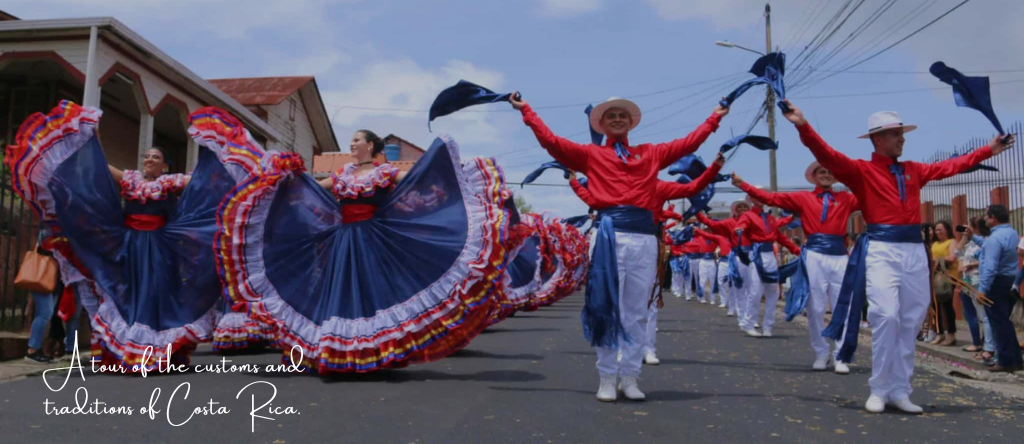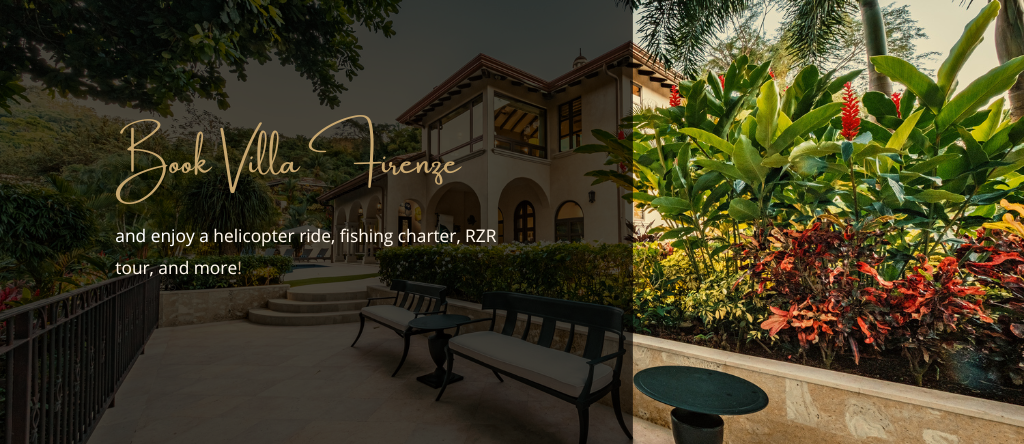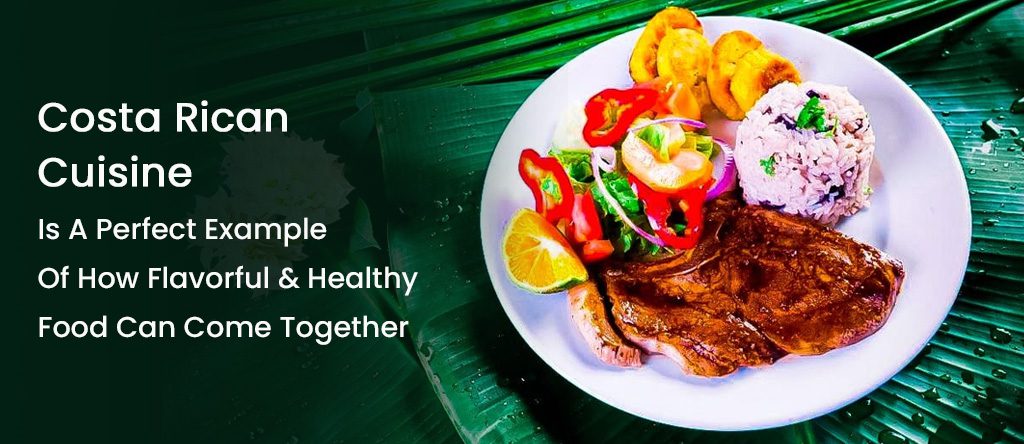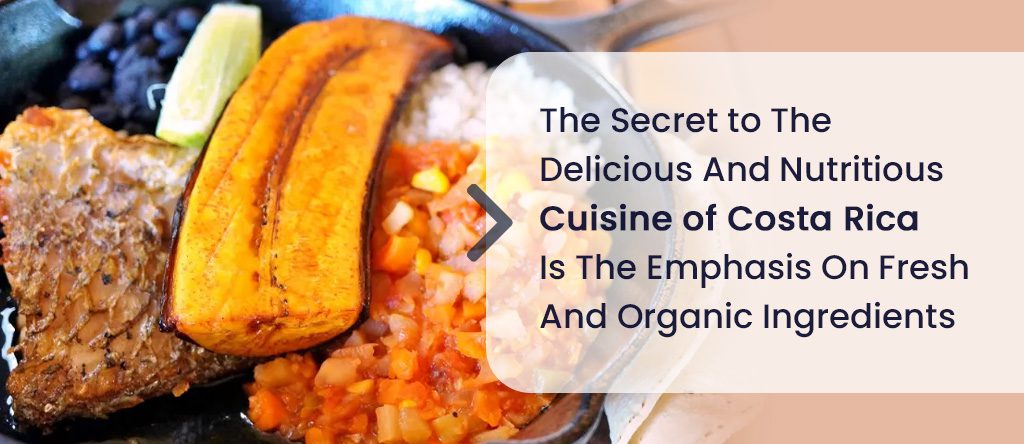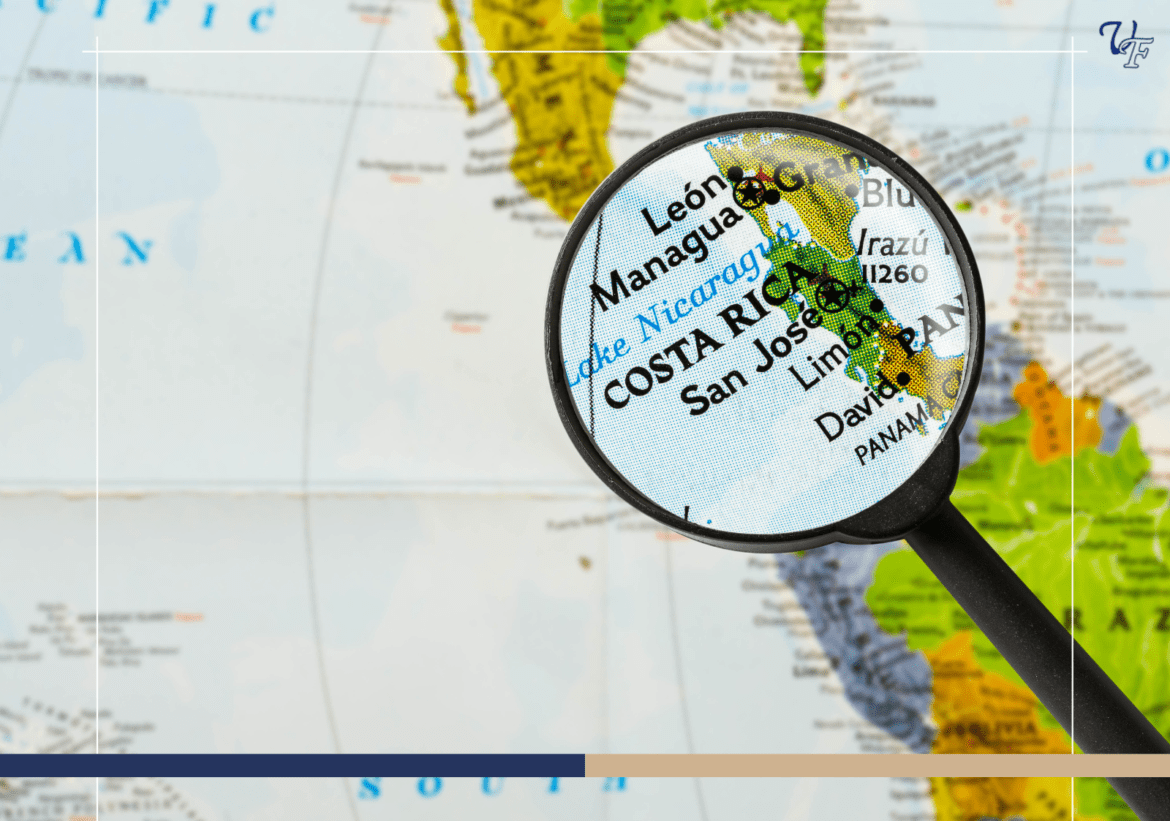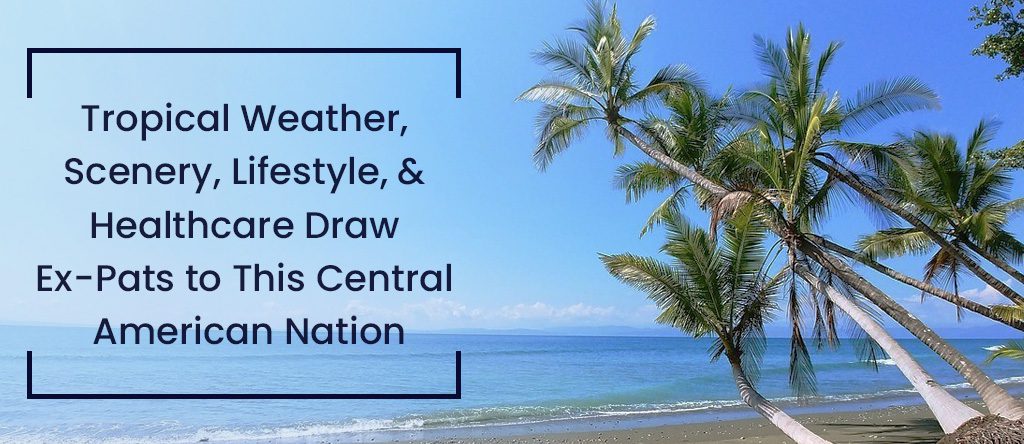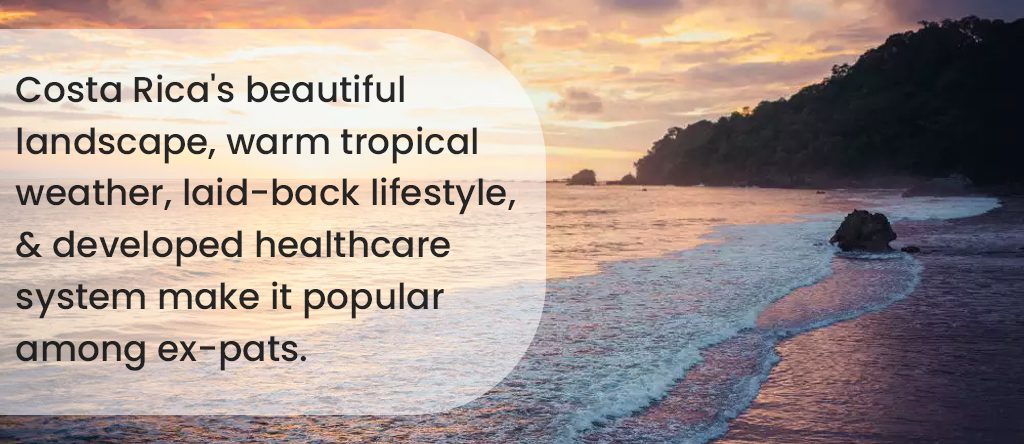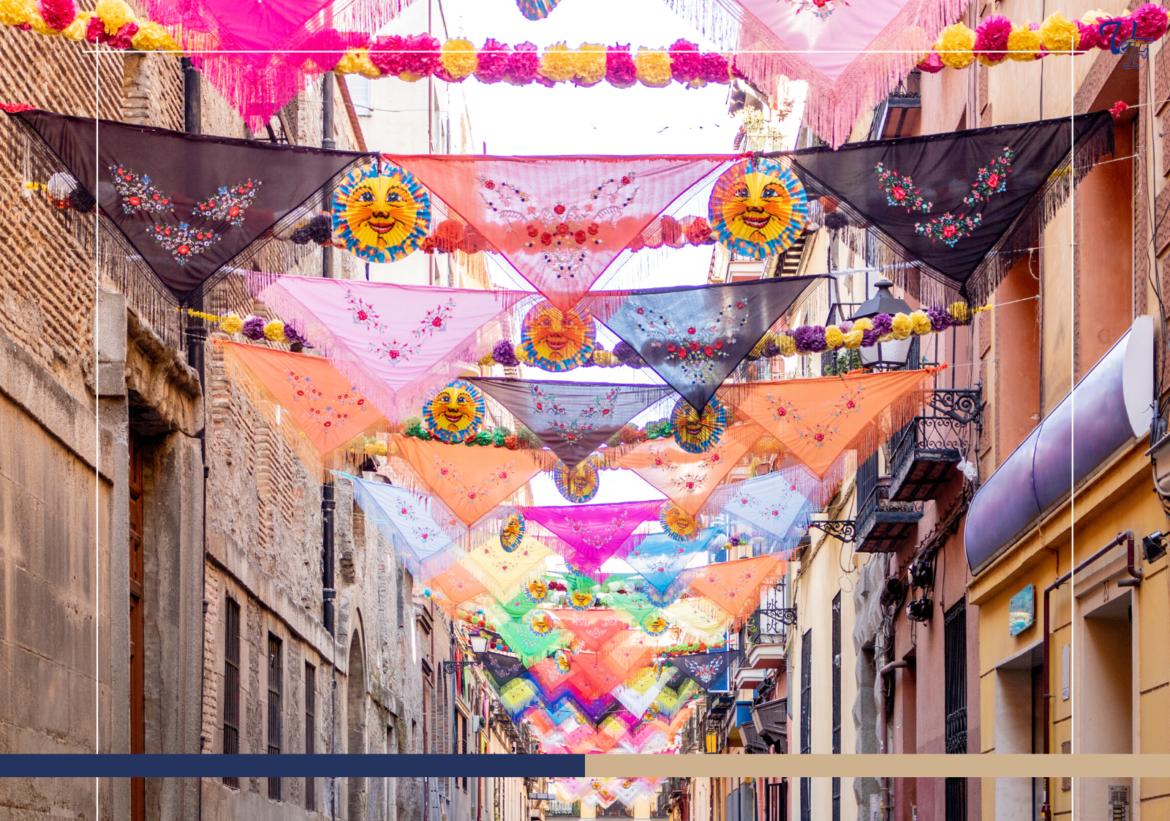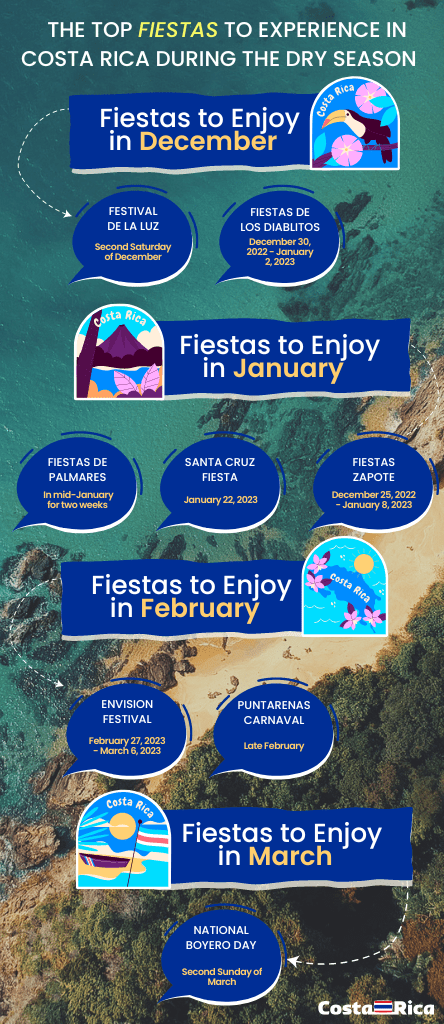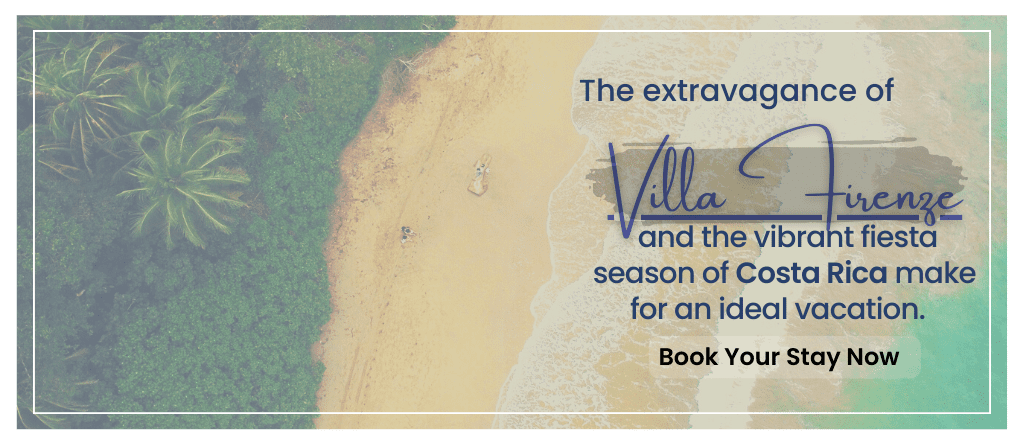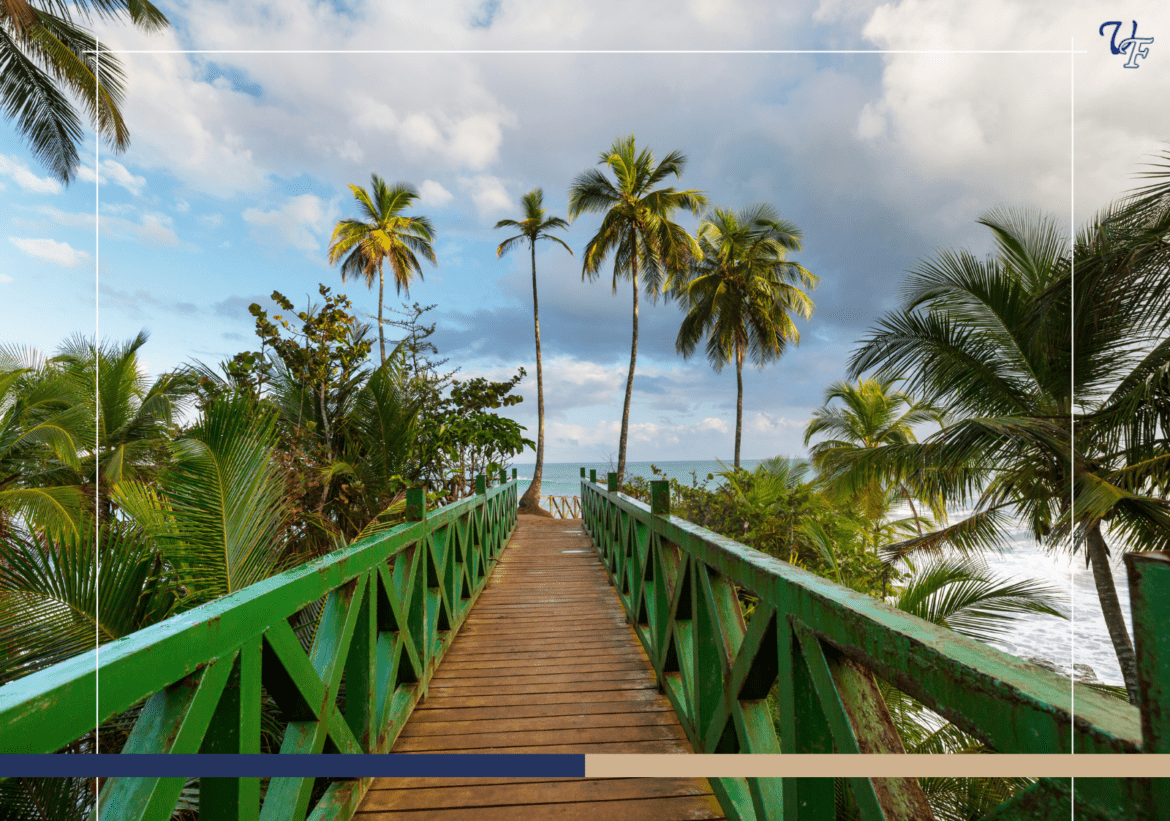Costa Rica, a tropical haven in Central America, has earned a well-deserved reputation as a popular vacation destination. This enchanting country boasts a remarkable blend of stunning natural landscapes, abundant wildlife, and vibrant culture.
With its vast coastline, pristine beaches, and network of rivers and lakes, Costa Rica offers exhilarating water-based activities for visitors to indulge in. This blog will explore the best water activities in Costa Rica, helping you narrow down your options for the interesting things to enjoy on the Pacific Coast & Caribbean Coast of Costa Rica and make the most of your vacation.
Surfing Adventures
When the topic of surfing arises, Costa Rica stands out as a world-class destination with an array of incredible surf spots catering to surfers of all levels. Wash up your surfboard while we look at some of the most highlighted sites for surfing in Costa Rica.
- Jacó: Jacó is one of Costa Rica’s most famous surf towns on the Central Pacific coast. It boasts a vibrant atmosphere and a range of surf breaks suitable for all skill levels. Whether you’re a beginner learning to surf or an experienced surfer looking for more challenging waves, Jaco Beach and nearby Playa Hermosa offer fantastic opportunities to ride the waves.
- Santa Teresa: Nestled on the Nicoya Peninsula, Santa Teresa has recently gained popularity as a surf mecca. It offers consistent beach breaks and point breaks, attracting surfers worldwide. Playa Santa Teresa and nearby Playa Hermosa provide excellent conditions for intermediate and advanced surfers with their long rides and powerful waves.
- Puerto Viejo: Located on the Caribbean coast, Puerto Viejo is known for its laid-back vibe and excellent surf breaks. Salsa Brava, a famous reef break, is the main attraction, offering challenging and powerful waves for experienced surfers. Beginners can enjoy the gentler waves at Playa Cocles or Playa Negra, also popular surf lessons spots.
- Tamarindo: Tamarindo is located on the northern Pacific coast and is known for its consistent waves and lively surfing scene. It offers a variety of breaks suitable for beginners and intermediate surfers. Playa Tamarindo and Playa Langosta are two famous beaches where you can catch a wave and enjoy the warm waters of the Pacific.
Best Time to Surf in Costa Rica
Costa Rica offers year-round surfing opportunities, but the best time to visit Costa Rica for surfing depends on the region and the prevailing weather conditions. Here’s a general overview of the surfing seasons in Costa Rica:
Pacific Coast (Guanacaste and Puntarenas)
The Pacific coast experiences two distinct seasons that influence surfing conditions.
Dry Season (December to April): This period offers excellent surfing conditions with consistent offshore winds, smaller to moderate-sized waves, and sunny weather. It’s an ideal time for beginners and intermediate surfers to enjoy the gentle waves and warm water temperatures.
Green Season (May to November): The Green Season brings larger swells and occasional rain showers, creating more challenging waves for experienced surfers. Advanced surfers can surf against high and more powerful waves during this time. It’s also a less crowded season, allowing for a more serene surfing experience.
Caribbean Coast (Limón)
The Caribbean coast has its surfing seasons due to different weather patterns:
Summer Season (December to February): This time of year brings the most consistent waves to the Caribbean coast, with the highest chance of good surfing conditions. Experienced surfers can enjoy the powerful waves generated by winter swells.
Green Season (March to November): The summer months still provide surfable conditions, although the waves are smaller and more suitable for beginners and intermediate surfers. This season also experiences occasional rain showers.
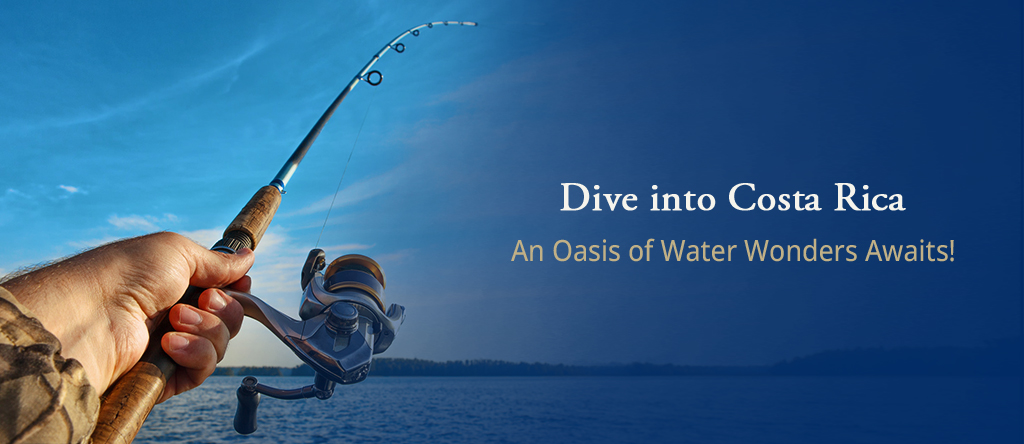
White Water Rafting
White water rafting in Costa Rica is an exhilarating adventure combining adrenaline-pumping thrills and breathtaking natural beauty. It’s an experience that will test your teamwork, bring you closer to nature, and leave you with unforgettable memories.
As you board your raft and paddle down the river, you’ll feel the power of the water as it propels you forward. The rapids range in intensity from gentle Class I to heart-pounding Class V, providing options for beginners and experienced rafters. You’ll navigate through twists and turns, bouncing over waves and plunging into the exhilarating spray of foaming rapids.
Top Rivers for Rafting
- Pacuare River: Considered one of the best rafting rivers in the world, the Pacuare River offers a thrilling and scenic adventure. It features a mix of challenging Class III and IV rapids, making it suitable for intermediate to advanced rafters. Rafting on the Pacuare River immerses you in the remote beauty of Costa Rica’s rainforest, with towering trees and cascading waterfalls lining the riverbanks.
- Sarapiqui River: Located in the northern lowlands, it is known for its lively rapids and lush surroundings. It offers a range of rafting options, from Class II to Class IV rapids, catering to beginners and experienced rafters. Rafting on the Sarapiqui River allows you to enjoy the scenic beauty of tropical forests, spot wildlife such as monkeys and toucans, and experience the excitement of navigating through thrilling rapids.
- Reventazon River: The Reventazon River is one of the largest and most exciting rivers in Costa Rica, offering an adrenaline-fueled rafting experience. It features Class III to Class IV rapids, providing an exhilarating challenge for rafters. As you conquer the rapids, you’ll witness breathtaking views of the surrounding rainforest and the opportunity to see the diverse flora and fauna of Costa Rica.
Safety Tips
While white water rafting is an exciting adventure, it’s essential to prioritize safety to ensure a memorable and risk-free experience. Let’s look at some safety tips to keep in mind.
- Choose a reputable rafting company: Select a well-established rafting operator with experienced guides who prioritize safety and adhere to international rafting standards.
- Wear appropriate gear: Wear a life jacket, a helmet, and secure footwear to protect yourself during the rafting excursion.
- Listen to your guide: Pay attention to the safety briefing provided by your rafting guide. Guides will give you essential instructions on paddling techniques, river navigation, and safety protocols.
- Stay hydrated and use sunscreen: Rafting can be physically demanding, so drink plenty of water to stay hydrated. Apply sunscreen to protect yourself from the sun’s rays, even on cloudy days.
- Be aware of your limits: Choose a rafting route that matches your skill and fitness level. If you’re a beginner, opt for less challenging rapids and gradually progress to more difficult ones as you gain experience.
- Respect the environment: Preserve the natural surroundings and leave no trace behind. Avoid littering and follow eco-friendly practices during your rafting adventure.
Snorkeling and Scuba Diving
Costa Rica is renowned for its captivating landscapes, lush rainforests, and remarkable underwater world teeming with vibrant marine life. Whether you’re a snorkeling enthusiast or a certified scuba diver, exploring the crystal-clear waters surrounding Costa Rica is an opportunity to witness a diverse array of marine ecosystems and create unforgettable underwater experiences.
Best Snorkeling and Scuba Diving Spots
- Cahuita National Park: Located on the Caribbean coast, Cahuita National Park boasts one of the largest coral reef systems in Costa Rica. Snorkelers and scuba divers can immerse themselves in a stunning underwater world, encountering colorful coral formations, tropical fish, and even the occasional sea turtle or reef shark.
- Isla del Caño: Situated in the Pacific Ocean, Isla del Caño is a marine reserve and a renowned destination for scuba diving in Costa Rica. Its pristine waters offer exceptional visibility and attract divers seeking encounters with large schools of fish, manta rays, dolphins, and the occasional humpback whale during migration seasons.
- Manuel Antonio National Park: Along the central Pacific coast lies Manuel Antonio National Park, known for its biodiverse rainforests and picturesque beaches in Costa Rica. The marine reserve within the park offers excellent opportunities for snorkeling in Costa Rica, where visitors can explore coral reefs and swim alongside a myriad of marine species, including parrotfish, angelfish, and moray eels.
- Bat Islands (Islas Murciélagos): For experienced divers seeking more adventurous encounters, the Bat Islands in the Papagayo Gulf are a must-visit. This remote dive site is known for its exhilarating encounters with bull sharks and offers a thrilling underwater experience for those with advanced diving skills.
- Tortuga Island: Located in the Gulf of Nicoya, it is a popular snorkeling destination with its crystal-clear waters and abundant marine life. Snorkelers can marvel at the vibrant coral formations, swim among tropical fish, and spot rays and sea turtles as they explore the underwater beauty of this tropical paradise.

Stand-Up Paddleboarding (SUP)
Stand-up paddleboarding (SUP) has experienced a surge in popularity worldwide, and Costa Rica is no exception. SUP is one of the most exhilarating water activities in Costa Rica and has captured the hearts of adventure seekers and nature enthusiasts due to its versatility, accessibility, and unique perspective on Costa Rica’s stunning landscapes. SUP combines elements of surfing and Kayaking, as participants stand upright on a paddleboard and navigate calm waters using a paddle. Let’s look at some scenic waterways in Costa Rica.
- Herradura Bay: Herradura Bay, nestled along the stunning Pacific coast of Costa Rica, is a haven for stand-up paddleboarding enthusiasts. Its tranquil waters and breathtaking views create the perfect setting for an exhilarating SUP experience. Conveniently located near Villa Firenze, Herradura Bay offers beginners and seasoned paddlers an unforgettable adventure in Costa Rica’s aquatic beauty.
- Manuel Antonio National Park: Besides its excellent snorkeling opportunities, Manuel Antonio National Park is a fantastic SUP spot. The park’s serene coastline and gentle waves create an ideal environment for beginners and those looking for a leisurely paddle.
- Damas Island Estuary: It is located near Manuel Antonio and offers a unique SUP experience through its mangrove forests. Paddle through the calm waters, surrounded by the intricate root systems and vibrant biodiversity of the mangroves, while observing monkeys, birds, and other wildlife along the way.
- Nicoya Peninsula: The calm bays and coastal areas provide a playground for stand-up paddleboarding. From Samara to Santa Teresa, there are numerous spots where you can enjoy SUP while taking in stunning sunsets and exploring hidden coves.
- Arenal Lake: Located near the Arenal Volcano, Arenal Lake offers a picturesque backdrop for stand-up paddleboarding. The calm waters provide a peaceful experience, allowing paddlers to marvel at the surrounding lush rainforests and the stunning volcanic landscape.
As the popularity of stand-up paddleboarding continues to grow, Costa Rica’s diverse waterways beckon adventurers to glide across their tranquil surfaces, connect with nature, and experience the serenity of this water activity amidst the country’s awe-inspiring landscapes.
Kayaking and Canoeing
Costa Rica’s abundant waterways, ranging from calm rivers to stunning coastlines, offer many opportunities for kayaking and canoeing enthusiasts. These activities allow you to immerse yourself in the country’s natural beauty, explore hidden corners, and discover diverse ecosystems. Here are some of the various Kayaking and canoeing experiences available in Costa Rica:
- River Kayaking: Costa Rica boasts a network of rivers, providing thrilling kayaking adventures. Whether you’re a beginner or an experienced kayaker, there are options for all skill levels. Explore the gentle rapids of the Sarapiqui River or navigate the exhilarating Class III and IV rapids of the Pacuare River. Paddling through lush rainforests, you’ll have the chance to spot wildlife such as monkeys, toucans, and colorful tropical birds.
- Sea Kayaking: Costa Rica’s extensive coastline presents ideal conditions for sea kayaking. Embark on a coastal exploration, gliding through crystal-clear waters and marveling at scenic cliffs, hidden coves, and pristine beaches. Explore the Nicoya Peninsula, paddle around the beautiful Golfo Dulce near the Osa Peninsula, or venture out to the captivating coastline of Manuel Antonio National Park.
- Mangrove Kayaking: The intricate mangrove ecosystems along Costa Rica’s coastlines provide a unique kayaking experience. Navigate through narrow channels, surrounded by towering mangrove trees and a wealth of biodiversity. The Damas Island Estuary near Manuel Antonio or the mangroves of Tortuguero National Park offers incredible opportunities to witness wildlife, including monkeys, sloths, crocodiles, and various bird species.
Ways to go Kayaking
- Guided Tours: If you’re new to Kayaking or prefer expert guidance, guided tours are an excellent option. Local tour operators offer guided kayaking and canoeing excursions, providing safety equipment, kayaks or canoes, and knowledgeable guides who can share insights about the environment and wildlife.
- Self-Guided Adventures: For more experienced kayakers or those seeking independence, self-guided Kayaking and canoeing adventures are possible in Costa Rica. You can rent kayaks or canoes from coastal towns or river destinations and explore at your own pace. But one thing that everyone partaking should keep in mind is that self-guided tours can be highly dangerous.
Jet Skiing
While the country is known for its diverse eco-adventures, it also caters to those seeking fast-paced aquatic experiences. Whether you’re an adrenaline enthusiast or simply looking for an exhilarating way to enjoy the water, Costa Rica offers plenty of high-energy water sports.
Skiing Options
- Jet Skiing: Jet skiing is a popular water sport in Costa Rica, providing an adrenaline-fueled adventure on the waves. Rent a jet ski and hit the open waters, feeling the rush as you speed through the ocean or navigate along the coastline. Jet ski rentals are available at various beach destinations, including Tamarindo, Jaco, and Manuel Antonio.
- Water Skiing: Water skiing is a classic water sport that combines the thrill of speed and balance. Glide across the water’s surface as a boat pulls you, supported by water skis. The calm waters of Costa Rica’s lakes and bays, such as Lake Arenal or the Gulf of Nicoya, provide excellent conditions for water skiing. Some tour operators offer water skiing experience and provide all the necessary equipment.
- Wakeboarding: Wakeboarding is another exciting water sport combining water skiing, snowboarding, and surfing. With a wakeboard attached to your feet, you’ll carve through the water, performing tricks and jumps on the wake created by a boat. You can explore wakeboarding opportunities in some coastal regions where wakeboard boats are available for rent or through organized tours.
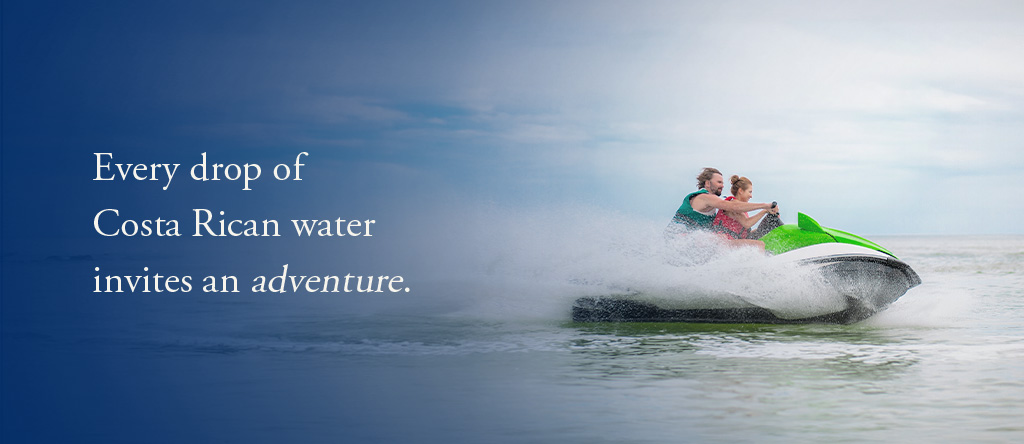
Whale Watching and Dolphin Tours
Costa Rica is a paradise for land-based adventures and a haven for marine wildlife enthusiasts. The country’s strategic location and diverse ecosystems attract a rich array of marine species, making it an exceptional destination for whale watching and dolphin tours. Prepare to be awe-inspired by the incredible aquatic wildlife experiences in Costa Rica.
- Humpback Whale Encounters: Each year, humpback whales embark on a remarkable migration from the freezing waters of the North and South Poles to the warmer tropical waters of Costa Rica. Witnessing these majestic creatures breach and leap out of the water is breathtaking. Humpback whales can be seen along Costa Rica’s Pacific and Caribbean coasts, allowing visitors to observe their acrobatic displays.
- Dolphin Delights: Costa Rica is home to several dolphin species, including playful and intelligent bottlenose dolphins, spotted dolphins, and spinner dolphins. Joining a dolphin tour allows you to witness their captivating behaviors, such as leaping, spinning, and riding the bow waves created by boats.
- Other Marine Marvels: Besides humpback whales and dolphins, Costa Rica’s waters are home to various other marine species. Watch for pilot whales, orcas, false killer whales, and sea turtles that may appear during your tours.
Best Locations for Whale Watching and Dolphin Tours in Costa Rica
- Marino Ballena National Park: Located on the southern Pacific coast near Uvita, Marino Ballena National Park is renowned for its whale-watching opportunities. The park’s warm waters serve as a breeding ground for humpback whales from December to April and August to October. Guided tours in this area provide an excellent chance to witness the spectacular acrobatics of these magnificent creatures.
- Golfo Dulce: Golfo Dulce is a haven for dolphins and humpback whales situated on the southern Pacific coast. Dolphins, including bottlenose and spotted dolphins, can often be spotted year-round in these protected waters. Humpback whales visit Golfo Dulce from July to October, offering incredible encounters during their breeding and calving season.
- Drake Bay: Drake Bay is located on the Osa Peninsula and provides fantastic opportunities for whale watching in Costa Rica. From December to April and again from July to November, you can observe humpback whales as they migrate through the area. The calm waters of Drake Bay create a tranquil setting for witnessing these gentle giants.
- Nicoya Peninsula: The waters surrounding the Nicoya Peninsula on the Pacific coast are known for their abundant dolphins. Tours departing from towns such as Samara, Montezuma, and Tambor offer the chance to encounter pods of dolphins, including bottlenose and spinner dolphins, frolicking in their natural habitat.
Fishing Excursions
Costa Rica is a renowned destination for fishing enthusiasts, offering diverse opportunities to cast your line and reel in incredible catches. With both Pacific and Caribbean coastlines, as well as freshwater rivers and lakes, the country provides a wide range of fishing experiences. Costa Rica has something to offer everyone, whether you’re a seasoned angler or a novice fisherman.
Fishing Options
- Deep-Sea Fishing: Costa Rica’s Pacific coast is famous for its marine fishing opportunities. Offshore excursions allow anglers to venture into the open ocean and target big game fish in Costa Rica, such as marlin, sailfish, tuna, dorado (mahi-mahi), and wahoo. The waters of the Papagayo Gulf, Quepos, and Los Sueños are renowned for deep-sea fishing adventures, attracting anglers from around the world.
- Sportfishing: Costa Rica is famous as one of the premier sportfishing destinations. In addition to deep-sea fishing, anglers can engage in inshore sportfishing, targeting various species close to the coastline. Roosterfish, snook, snapper, jacks, and tarpon are just a few species you can catch in the nearshore waters. Locations such as the Nicoya Peninsula, Golfo Dulce, and Tortuguero are some of the best fishing spots in Costa Rica that offer fantastic sportfishing adventure opportunities.
- Freshwater Fishing: Costa Rica’s rivers and lakes are home to abundant freshwater fish species, providing excellent opportunities for freshwater fishing. The Sarapiqui River, Arenal Lake, and the Tarcoles River are just a few examples of locations where anglers can test their skills against species such as rainbow bass (guapote), machaca, and various types of catfish.
You can also check out our fishing calendar to know the best fishing season in Costa Rica.
Fishing Tips and Regulations
- Obtain the necessary fishing licenses: Ensure to obtain the required ones before embarking on your fishing excursion. These licenses are available from authorized vendors or online platforms.
- Follow catch-and-release practices: Costa Rica promotes sustainable fishing practices, and many fishing operations encourage catch-and-release techniques. Respect the guidelines and regulations to protect the fish populations and their habitats.
- Hire experienced guides: Consider booking a fishing charter or hiring an experienced local guide who knows the waters, understands the best fishing spots, and can provide valuable insights and assistance during your fishing expedition.
- Respect the environment: Practice responsible fishing by adhering to fishing regulations, minimizing your impact on the ecosystem, and properly disposing of waste. Respect protected areas and avoid fishing in sensitive or designated conservation zones.
- Be prepared and equipped: Bring suitable fishing gear, including rods, reels, lines, and appropriate bait or lures for the target species. Carry essential items such as sunscreen, hats, sunglasses, and drinking water to ensure a comfortable fishing experience.

Conclusion
Costa Rica truly offers a water-lovers paradise with abundant water-based activities catering to every adventurer. By exploring the diverse water activities in Costa Rica, you can create a vacation itinerary that suits your interests, skill level, and thirst for adventure.
So, dive in, catch a wave, paddle through tranquil waters, and embark on an unforgettable aquatic journey in Costa Rica. The wonders of this tropical paradise await, ready to provide you with thrilling experiences, serene moments, and a deeper appreciation for the captivating power of water-based adventures.




